The No-Nonsense Guide to Building Legs You’re Proud Of
As a trainer, I’ve heard one question more than any other for years. People come in, point to their legs, and with a frustrated sigh, ask, “How do I fix this?” And I get it, I really do. The honest-to-goodness answer isn’t some secret exercise or a magic pill. It’s about understanding how your body actually works, and I’m going to break it down for you just like I do for my one-on-one clients.
In this article
- The Two-Part Puzzle: Less Fat, More Muscle
- Your Leg Day Toolkit: The Heavy Hitters
- No Gym? No Problem! At-Home Leg Workouts
- Putting It All Together: Your Weekly Plan
- Fueling the Machine: Simple Nutrition That Works
- The Other 22 Hours: Recovery Is Everything
- A Final Pep Talk: Consistency is Your Superpower
- Inspirational Gallery
This isn’t about a 30-day quick fix. It’s the real-deal, sustainable approach to building stronger, more defined legs that you can feel proud of.
First things first, let’s get a huge myth out of the way. You absolutely, positively cannot “spot-reduce” fat. Doing a million inner thigh squeezes won’t magically melt fat from that one spot. Think of your body fat like water in a lake—you can’t just scoop water out of one corner. When your body burns fat for energy, it pulls from everywhere. Your genetics and hormones are the ones who decide which areas slim down first and which are the most stubborn. For a lot of people, the hips and thighs are last on the list. I know, it’s frustrating. But accepting this is the first step to making real progress. Our goal isn’t to chase an impossible dream. It’s to lower overall body fat while strategically building muscle in the legs. That combination is what creates that strong, toned look everyone is after.
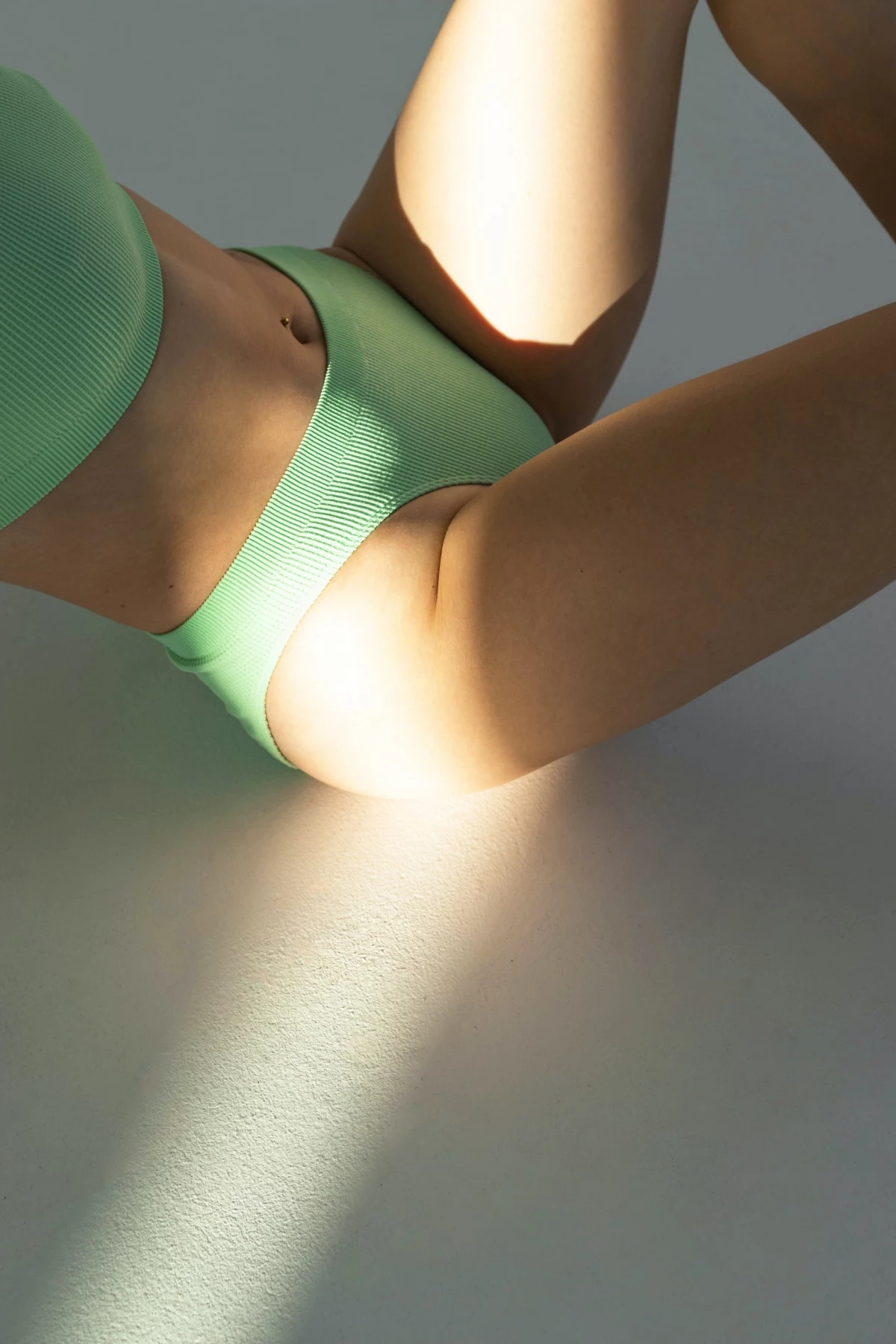
The Two-Part Puzzle: Less Fat, More Muscle
To really change how your legs look, you have to tackle two things at once: trimming down overall body fat and building up the muscle underneath. It’s less about what the scale says and more about what your body is made of.
How Fat Loss Actually Works
Your body stores fat as backup energy. To get it to use those reserves, you need to be in a consistent calorie deficit, which just means you’re burning more energy than you’re eating. It’s that simple. When you create this deficit, your body pulls from its fat stores for fuel.
So, a deficit from what number? Great question. A good first step is to google a “TDEE Calculator.” This will estimate how many calories you burn in a day just by living your life (your Total Daily Energy Expenditure). Once you have that number, aim to eat about 300-500 calories less than that each day. This creates a gentle deficit that encourages fat loss without making your body panic and break down precious muscle.
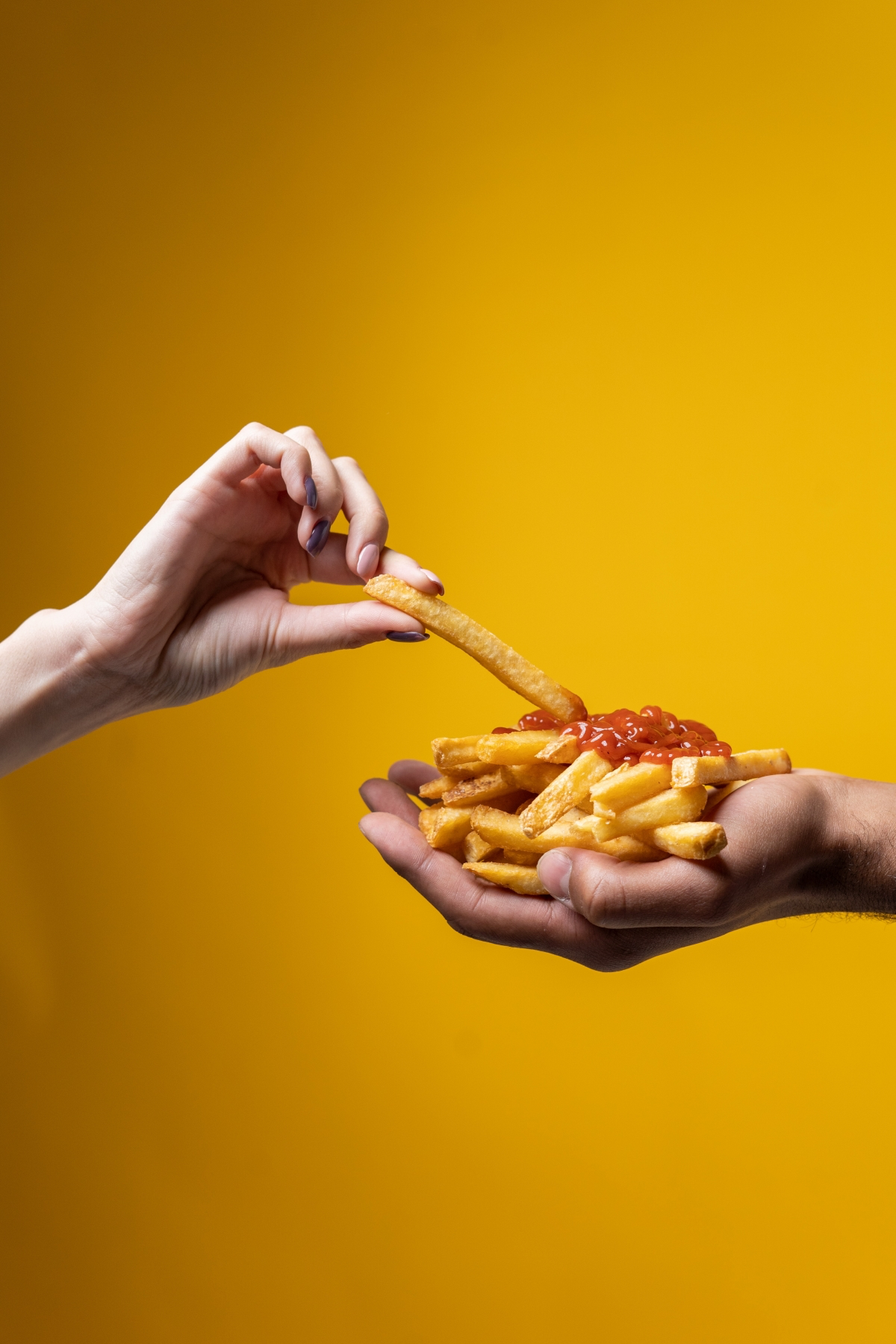
The Power of Muscle to Shape Your Legs
While you can’t pick where you lose fat, you have TOTAL control over where you build muscle. This is our secret weapon. When you do resistance exercises, you create tiny little tears in your muscle fibers. Your body then rushes to repair them, building them back stronger and a little bigger. That’s how muscles grow.
More muscle in your legs is a win-win. First, it literally sculpts them, giving you the shape and definition you want. Second, muscle is like a metabolic engine—it burns more calories than fat, even when you’re just sitting on the couch. This is why just doing cardio is only half the battle. You need strength training to build the shape you want.
Your Leg Day Toolkit: The Heavy Hitters
A great leg workout is built around a few core movements that give you the most bang for your buck. These are the exercises that build serious strength and torch calories. Everything else is just details.
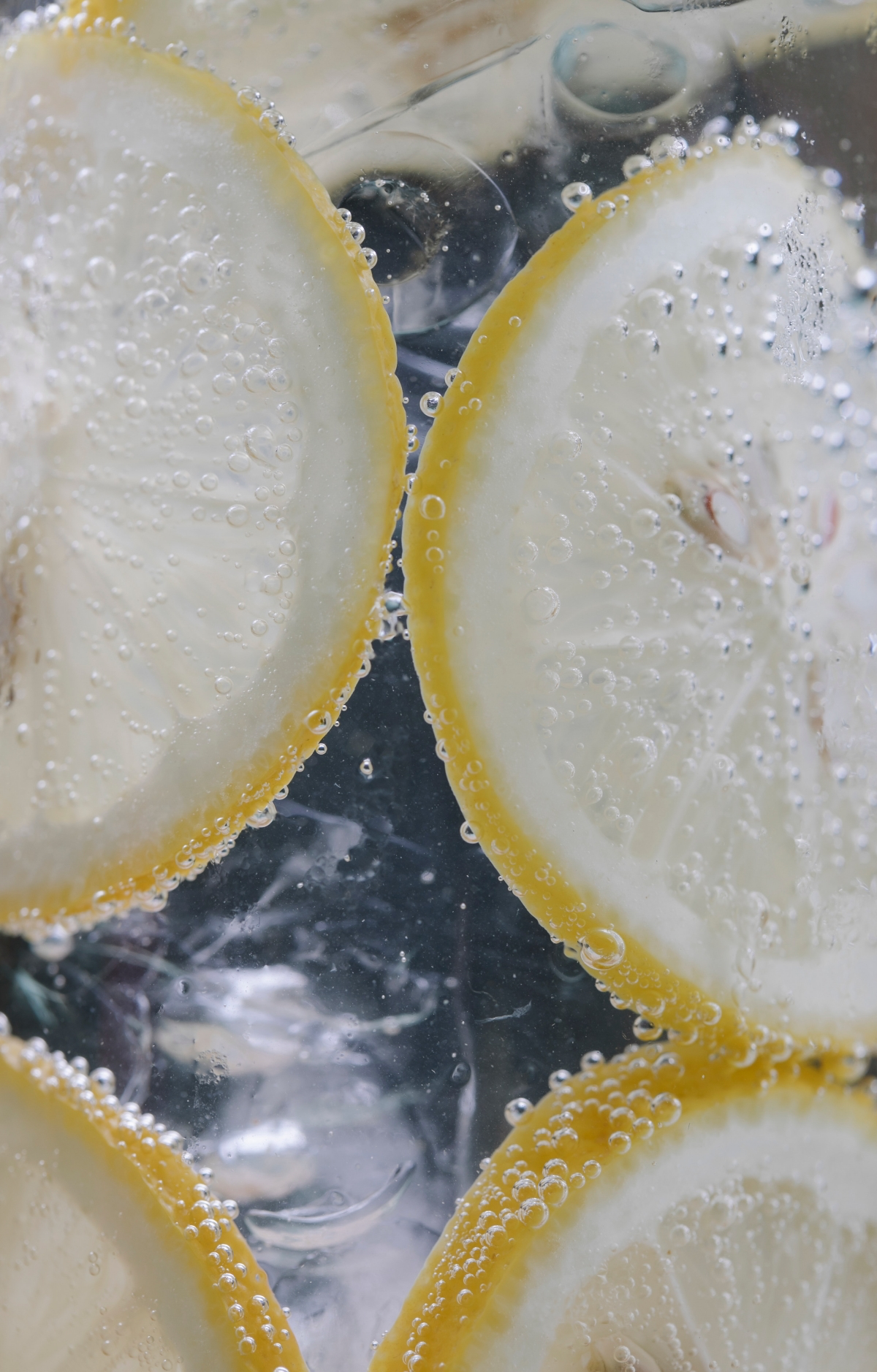
1. The Squat: King of Leg Day
The squat is legendary for a reason—it hits your quads, hamstrings, glutes, and even your core all at once. But form is everything.
- Your Stance: Stand with your feet a little wider than your shoulders, toes pointing slightly out.
- The Move: Start by pushing your hips back like you’re about to sit in a chair that’s a little too far behind you. Keep your chest up and your back straight.
- Depth is Key: Try to get your thighs at least parallel to the floor. If you can go a bit deeper without your form breaking down, even better—it’ll fire up your glutes more.
- Getting Up: Drive through your heels and the middle of your foot to stand back up, squeezing your glutes at the very top.
Quick Tip: Heels lifting off the ground? It’s usually a sign of tight ankles. As a temporary fix, you can prop your heels up on some small weight plates (like 5 or 10-pounders) while you work on stretching your calves more regularly.
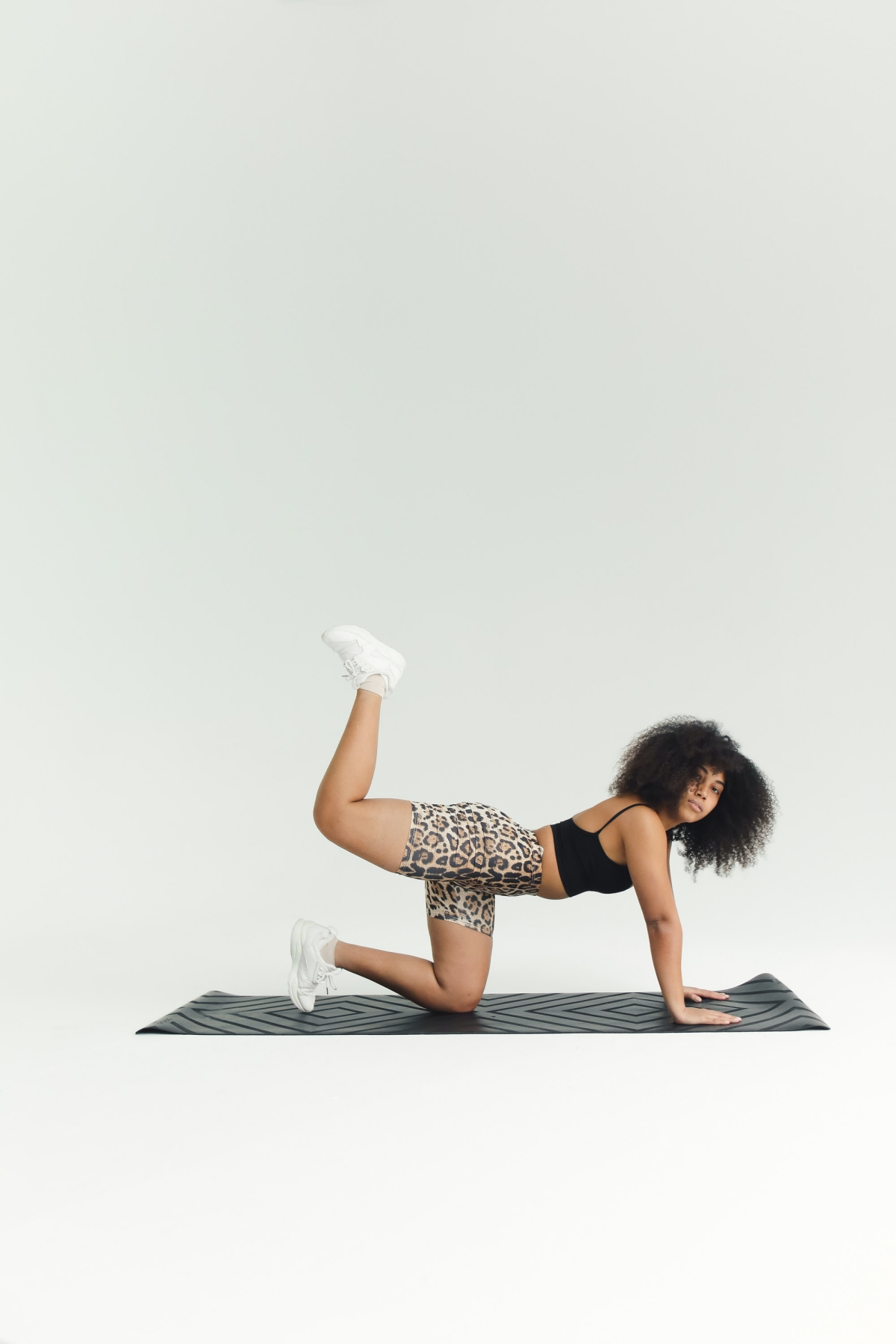
2. The Deadlift: A Total Body Powerhouse
The deadlift is incredible for building the entire back of your body, especially your hamstrings and glutes. The Romanian Deadlift (RDL) is a fantastic variation that really hones in on those hamstrings.
- The Setup: Hold a barbell or dumbbells right in front of your thighs. Your feet should be about hip-width apart.
- The Hinge: Keep your back perfectly flat and your legs mostly straight (a tiny, soft bend in the knee is fine). Now, hinge at your hips, pushing your butt directly backward.
- Feel the Stretch: Lower the weight until you feel a good stretch in your hamstrings, usually somewhere just below the knee. Don’t round your back just to go lower!
- The Return: Drive your hips forward and squeeze your glutes hard to come back to a standing position.
Heads up! This is serious. A rounded lower back on a deadlift is a fast-track to injury. I once had a client who insisted on lifting too heavy with a rounded back… let’s just say his physical therapist and I became good friends for a while. If you can’t keep your back flat, the weight is too heavy. Start light and get the movement perfect. It’s better to lift 20 pounds perfectly than 100 pounds dangerously.
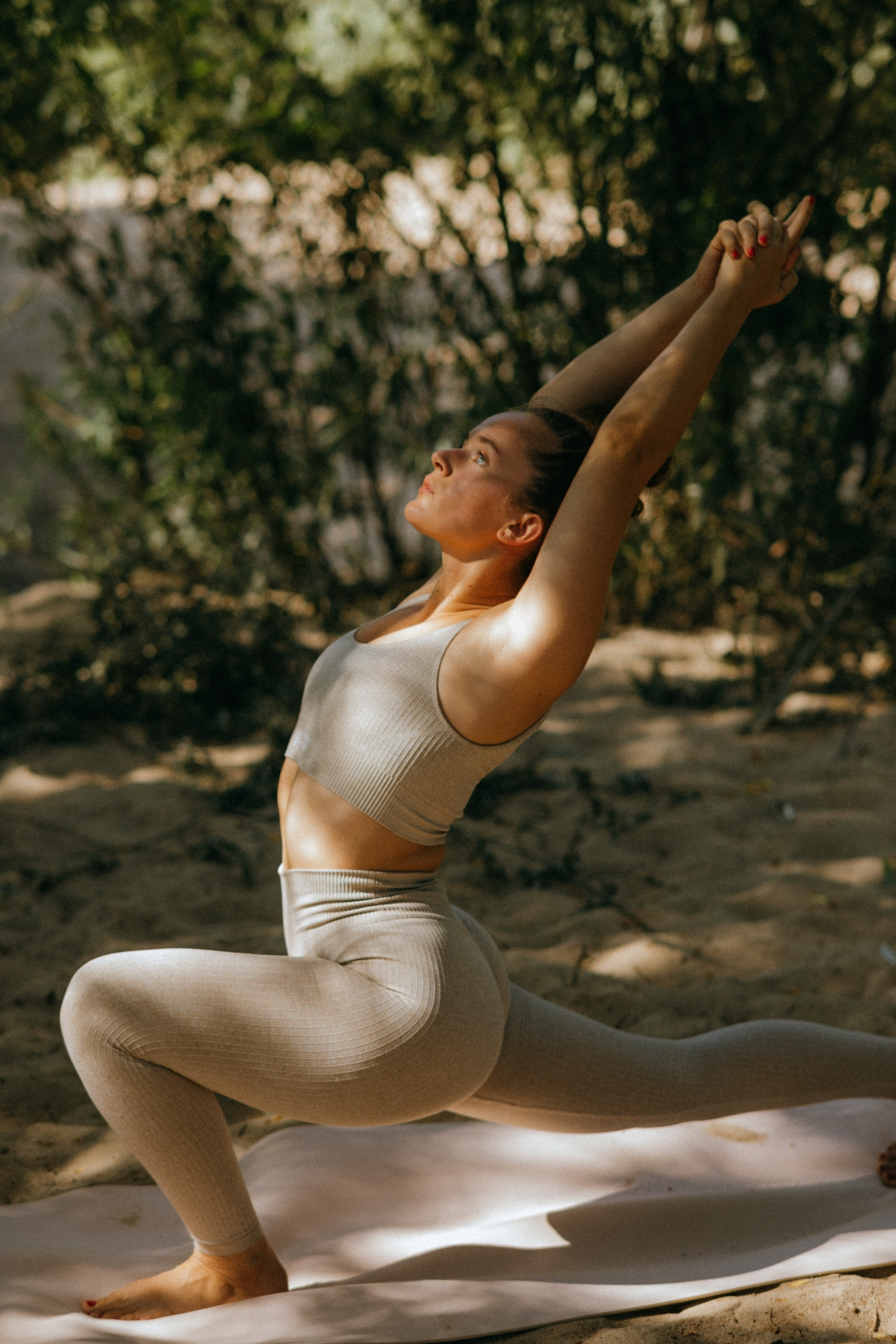
3. Lunges: The Unsung Hero
Lunges are amazing because they work one leg at a time, which helps fix any muscle imbalances you might have. Whether you step forward, backward (which is often easier on the knees), or do walking lunges, the key is to keep your front knee stacked over your ankle, not letting it drift forward past your toes.
No Gym? No Problem! At-Home Leg Workouts
Think you need a fancy gym to build great legs? Absolutely not. You can get an incredible workout right in your living room.
For squats, you can do bodyweight squats, and when those get easy, progress to holding any heavy object you have (a backpack full of books works great!) for Goblet Squats. The ultimate challenge? Work your way toward a Pistol Squat (a one-legged squat).
For deadlifts, you can do Single-Leg RDLs with just your bodyweight to master the hip hinge. Once you have the form down, holding a single dumbbell or kettlebell makes it a killer exercise. A set of heavy resistance bands, which you can get online for about $20-$40, are also fantastic. You can loop them under your feet for RDLs and over your hips for glute bridges.
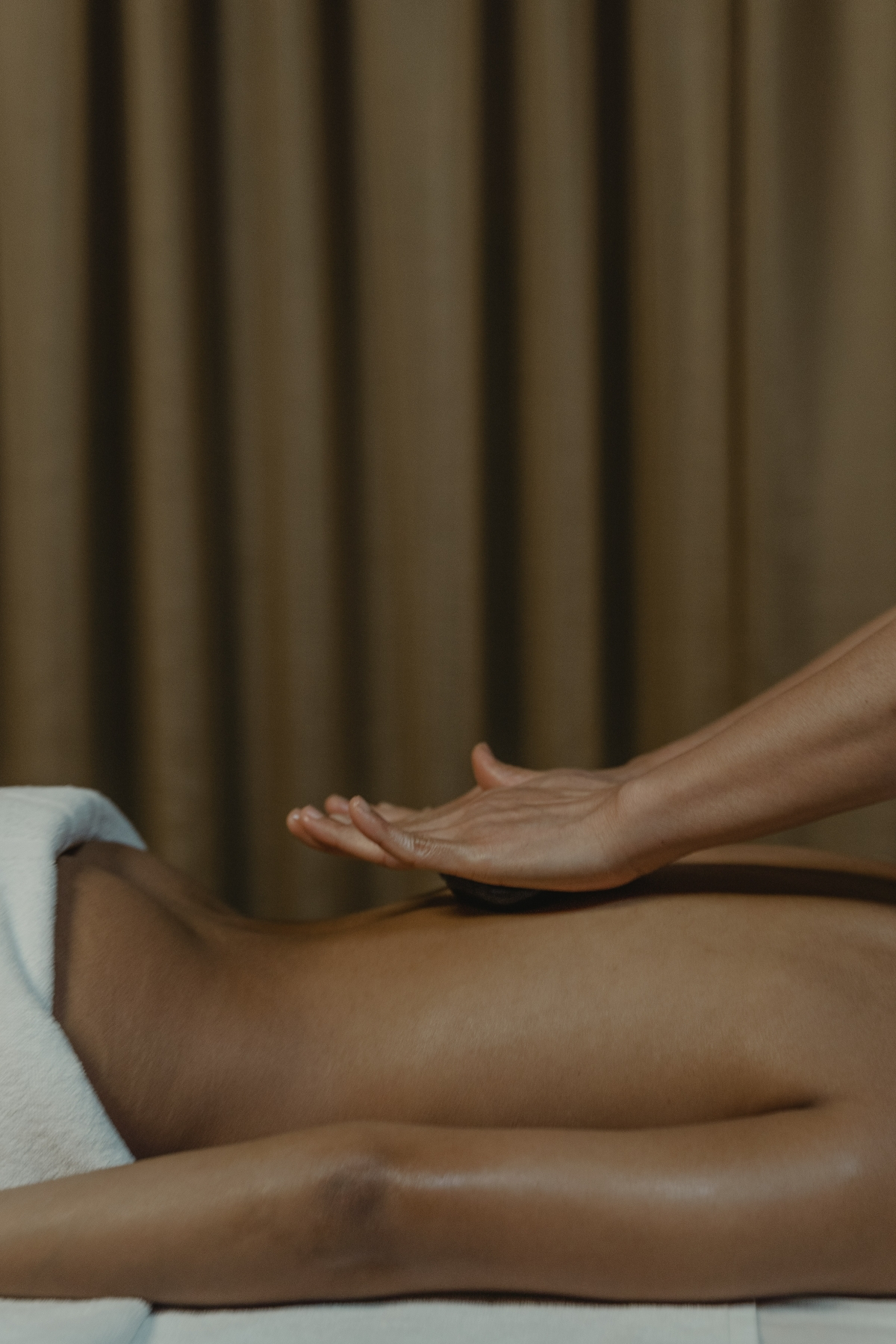
Your First Leg Day Kit:
- Broke Option (Free!): Your own bodyweight. It’s surprisingly effective.
- Budget Option (Under $50): A good set of heavy resistance bands and maybe a 25-pound kettlebell. This opens up dozens of exercises.
- All-In Option ($200+): Look for used adjustable dumbbells on Facebook Marketplace or Craigslist. They’re a game-changer for home workouts and save a ton of space.
Putting It All Together: Your Weekly Plan
For anyone serious about seeing changes, I recommend hitting legs twice a week. This gives your muscles enough work to grow and enough time to recover. Here’s a sample structure:
- Day 1 (Strength Focus): Heavier weight, lower reps (e.g., 4 sets of 5-8 reps). This is where you build raw power. Rest for about 90-120 seconds between sets to fully recover your strength.
- Barbell Back Squats (or Goblet Squats at home)
- Romanian Deadlifts
- Walking Lunges
- Day 2 (Hypertrophy/Growth Focus): Lighter weight, higher reps (e.g., 3 sets of 10-15 reps). This is for muscle growth and that satisfying “burn.” Keep rests shorter here, around 60 seconds.
- Dumbbell Goblet Squats (or Bodyweight Squats)
- Glute Bridges or Hip Thrusts (bands make these amazing)
- Reverse Lunges
- Leg Curls (if at a gym, or with a resistance band at home)
- Deeper, more stable squats
- Reduced knee and lower back discomfort
- Faster recovery between training days
- 30 seconds of Leg Swings (front-to-back)
- 30 seconds of Leg Swings (side-to-side)
- 15 Bodyweight Squats
- 10 Walking Lunges
This whole workout should take you about 45-60 minutes. If you’re short on time, just do the first two big exercises. It’s way better than skipping it altogether!

The absolute key to seeing results is something called progressive overload. It just means you have to challenge your muscles a little bit more over time. Here’s what that looks like in practice:
Let’s say in Week 1, you squat 50 pounds for 8 reps. In Week 2, your goal is to hit 9 reps with that same 50 pounds. In Week 3, you finally get 10 reps. Awesome! Now, in Week 4, you up the weight to 55 pounds and aim for 8 reps again. THAT’S progressive overload. You’re constantly giving your body a reason to adapt and get stronger.
Fueling the Machine: Simple Nutrition That Works
To be clear, I’m a trainer, not a registered dietitian. For specific medical advice or detailed meal plans, you should always see a qualified pro. But I can give you the fundamental principles that support all your hard work in the gym.
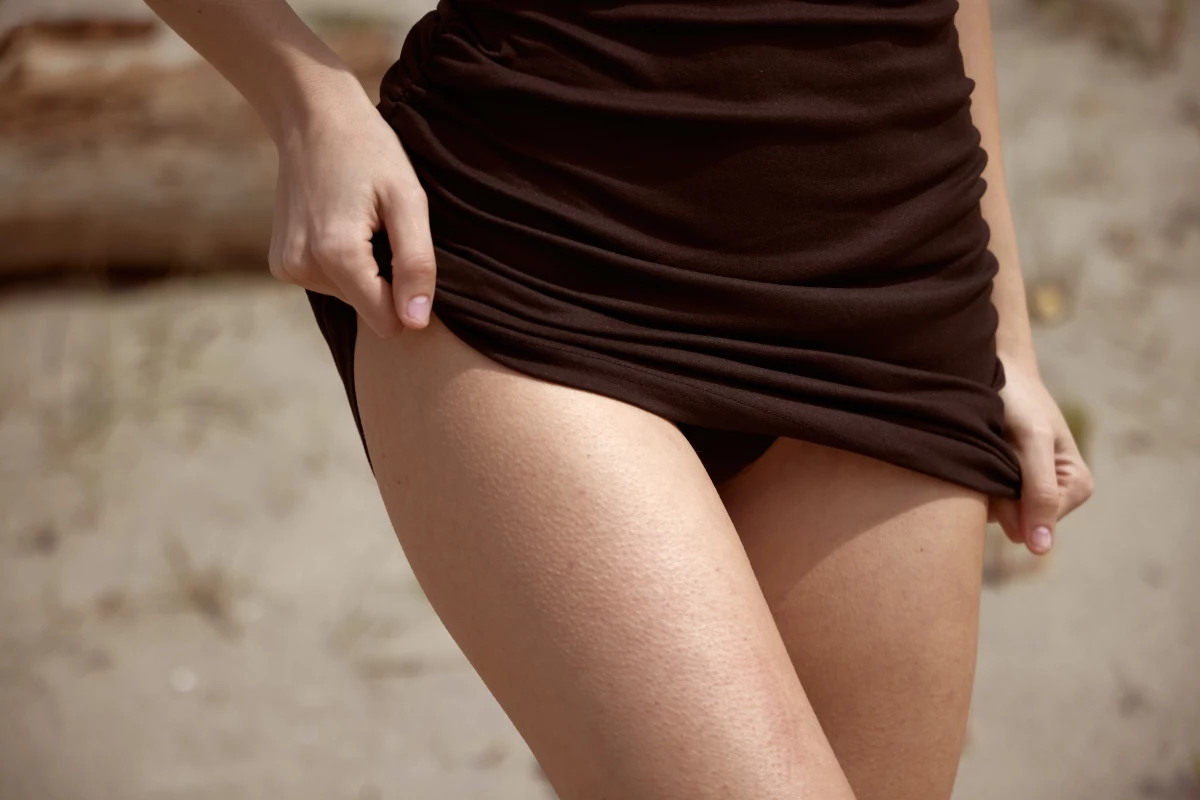
Protein is your best friend. It’s the building block for repairing and growing muscle. It also helps you feel full, which makes being in a calorie deficit way easier. Aim to have a good source—like chicken, fish, eggs, Greek yogurt, or tofu—with every meal.
And please, don’t be afraid of carbs! They are your body’s main energy source. You need them to crush your leg workouts. Just focus on the good stuff like oats, sweet potatoes, brown rice, and fruit. Healthy fats from sources like avocado, nuts, and olive oil are also crucial for hormone health.
Oh yeah, and watch the salt and drink your water. Too much sodium, especially from processed foods like frozen dinners and deli meats, can make you hold onto water and feel puffy. Staying hydrated (aim for 2-3 liters a day) helps every single process in your body, including burning fat.
The Other 22 Hours: Recovery Is Everything
What you do outside the gym is just as important as what you do inside it. Your body changes and gets stronger when it’s resting, not when it’s working.
Sleep is your number one recovery tool. It’s non-negotiable. Aim for 7-9 hours of quality sleep a night. This is when your body releases growth hormone to repair muscle. Skimp on sleep, and you’re just sabotaging your own progress.
A little mobility work goes a long way, too. Gentle, moving stretches (like leg swings) before a workout and some longer, static stretches (like a 30-second hamstring hold) after you’re done can help with flexibility and prevent injury. Foam rolling can also be great for relieving tight, sore muscles. Just remember, foam rolling helps with muscle quality, it does NOT break up fat cells. It just lets you move better so you can train harder.
A Final Pep Talk: Consistency is Your Superpower
Building strong, defined legs is a marathon, not a sprint. There will be days you don’t feel like it. There will be weeks where you feel stuck in a plateau. That’s completely normal. The secret sauce is consistency, not perfection.
Just keep showing up. Celebrate the small wins, like adding 5 pounds to your squat, your pants fitting better, or just feeling more energetic. Those are the real signs you’re on the right track. With the right plan and a whole lot of consistent effort, you absolutely can build the strong, capable legs you want.
Inspirational Gallery
Your shoes are the foundation of every single lift. For heavy movements like squats and deadlifts, a flat, stable sole—think Converse Chuck Taylors or specialized weightlifting shoes like the Nike Romaleos—is non-negotiable. It allows you to drive through the floor for maximum power. Save your cushioned running shoes for the treadmill; they can compromise stability and weaken your lift.
The average woman has about 15 to 20 times less testosterone than the average man.
This is the biological reason why lifting heavy weights won’t make you “bulky.” Instead of ballooning in size, your muscles respond by becoming denser, stronger, and more defined. That sought-after “toned” look is simply the result of building muscle and reducing body fat, so don’t be afraid to challenge yourself with heavier weights.
Feel like one leg is doing all the work?
It’s a common issue. To fix muscle imbalances and build symmetrical strength, incorporate unilateral exercises where each leg works independently. This forces your weaker side to catch up. Focus on movements like Bulgarian split squats, single-leg Romanian deadlifts, and weighted step-ups. The burn will be real, but the results in stability and shape are worth it.
Barbell Back Squat: The classic mass-builder. It recruits the entire lower body and allows for heavy progressive overload, making it the king for overall leg size and strength.
Dumbbell Goblet Squat: A more beginner-friendly version. Holding the weight in front forces an upright posture and engages the core, making it a fantastic tool for learning proper squat mechanics before moving a bar to your back.
The secret? A simple foam roller. Spending just 5-10 minutes rolling out your quads, hamstrings, and glutes before and after your workout can dramatically improve mobility and performance. A quality roller, like one from TriggerPoint, is a top-tier investment in your body’s longevity.
Crucial point: Your muscles don’t grow in the gym; they grow during recovery. Leg day is intense, so prioritize your rest. Aim for 7-9 hours of quality sleep per night, as this is when your body releases growth hormone to repair and build muscle tissue. Ignoring sleep is like leaving your gains on the table.
Think of your warm-up as a conversation with your body. Instead of static holds, use dynamic movements to prepare for the work ahead. This increases blood flow, activates key muscles, and primes your nervous system. Try this simple circuit:
Your glutes are the largest and most powerful muscle group in your body, but they can be notoriously “sleepy.”
Are squats enough to build great glutes?
Not entirely. While squats are fundamental, they are quad-dominant for many people. To fully develop your glutes, you must train them from different angles. This means including a heavy hip-thrusting movement (popularized by coach Bret Contreras) for direct gluteus maximus work, and an abduction movement like banded side steps or cable kickbacks to target the gluteus medius for that rounded, sculpted look.
Don’t underestimate the power of a simple resistance band. For less than the cost of a single personal training session, a set of fabric loop bands from a brand like PEACH BANDS® can ignite your glutes. Use them for activation before lifting, or add them to hip thrusts and squats at home to create serious resistance without heavy equipment.










